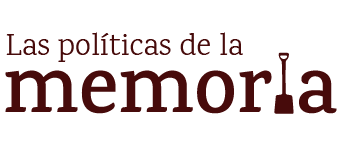ROBBEN, A. (2014) Massive violent death and contested national mourning in post-authoritarian Chile and Argentina: A sociocultural application of the dual process model
|
FECHA
|
TÍTULO | AUTOR | TIPO |
|---|---|---|---|
|
2014 |
Massive violent death and contested national mourning in post-authoritarian Chile and Argentina: A sociocultural application of the dual process model | Antonius C.G.M. ROBBEN | Artículo |
